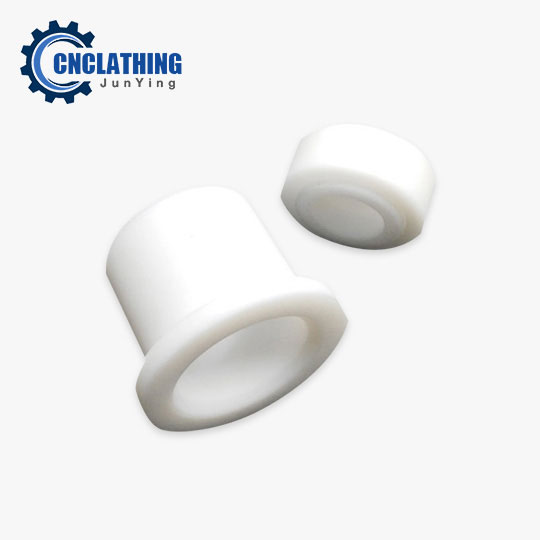Internal defects: If the aluminum alloy casing already has internal defects before processing, such as inclusions, pores, or cracks, stress can accumulate near these defects during processing, causing the cracks to spread and eventually burst. This can happen if the aluminum alloy casing already has internal defects before processing.
It's possible that the aluminum alloy casing already had internal flaws before any processing was done on it, which would cause this problem.
Excessive cooling can lead to the accumulation of internal stress as well as an uneven cooling process during the process of die-casting aluminum alloy. This can occur if the cooling is not controlled properly. The rate of cooling must be slowed down in order to prevent the material from cracking, which can be caused by either of these two factors. This may occur if the housing is subjected to an excessive amount of either of the factors in question. An excessive amount of pressure: Something that can cause bursting is an excessive amount of either the processing pressure or the speed. Cause and effect an excessive amount of either the processing pressure or the speed. One strategy for mitigating the effects of this risk is to ensure that the manufacturing process can be carried out at a temperature that can be kept stable throughout.
During processing, parameters such as heating, cooling, and pressure are controlled, and appropriate quality checks are carried out to detect and repair any internal defects in a timely manner. During processing, parameters such as heating, cooling, and pressure are controlled. It is necessary to carry out an appropriate procedure for the selection, melting, and purification of the material in order to ensure that the material will have the desired quality. This can be done by following the steps outlined in the procedure. It is essential to carry out methodical procedures for the selection of raw materials, as well as procedures for melting and cleaning the material, in order to ensure that the material reaches the high standard of quality that is required. These procedures must be carried out in order.
Smelting purification is an essential step in the production of aluminum alloy, and it is necessary to perform this step during the smelting process. Smelting purification may involve the application of processes such as gas inlet, gas purging, or vacuum melting. This step of purification is necessary because the molten aluminum contains impurities that need to be removed. In the process of smelting, these methods are utilized in order to purge the gases, oxides, and impurities that are produced as byproducts of the process. These gases and byproducts include impurities. The process of producing metal from its raw state is referred to as smelting. This process is often referred to by the term "gas treatment."
The removal of solid impurities and non-metallic substances from the melt is one of the many steps that are involved in the treatment of filter slag. This step is considered to be one of the most crucial steps in the process. The molten metal is filtered using a variety of tools and materials, such as filter slag, ceramic filter screens, and other apparatus, which brings this step to a successful conclusion.
Deaeration treatment can refer to either the process of melting an aluminum alloy or casting an object made from it, as the term can be used to describe either of these processes independently. This technique requires the use of a deaerator or other methods to remove oxygen from the melt. This is done in order to prevent oxidation reactions and the formation of pores within the melt. The term "refining treatment" refers to this process that takes place.
The process of altering the organizational structure and performance of materials that are composed of aluminum alloys by subjecting them to heat is referred to as heat treatment. This process is referred to by the term "heat treatment."Due to the fact that heat treatment can result in the production of hydrogen in addition to other potentially harmful impurities, the elimination of hydrogen in addition to these other impurities is an essential component of heat treatment.
The selection and operation of these purification processes will vary depending on the specific aluminum alloy material and processing requirements. This is done to ensure that the finished product will have the required level of high purity as well as good mechanical properties. This is done so that the final product will have both of these qualities when it is finished. The quality of the end product will be guaranteed by doing this because it is done to ensure that the final product will be of a high quality, so the quality of the final product will be guaranteed.
In order to complete the CNC workpiece, it is first transferred to a shell made of aluminum alloy, after which it is transferred to a number of other metal shells as well.









